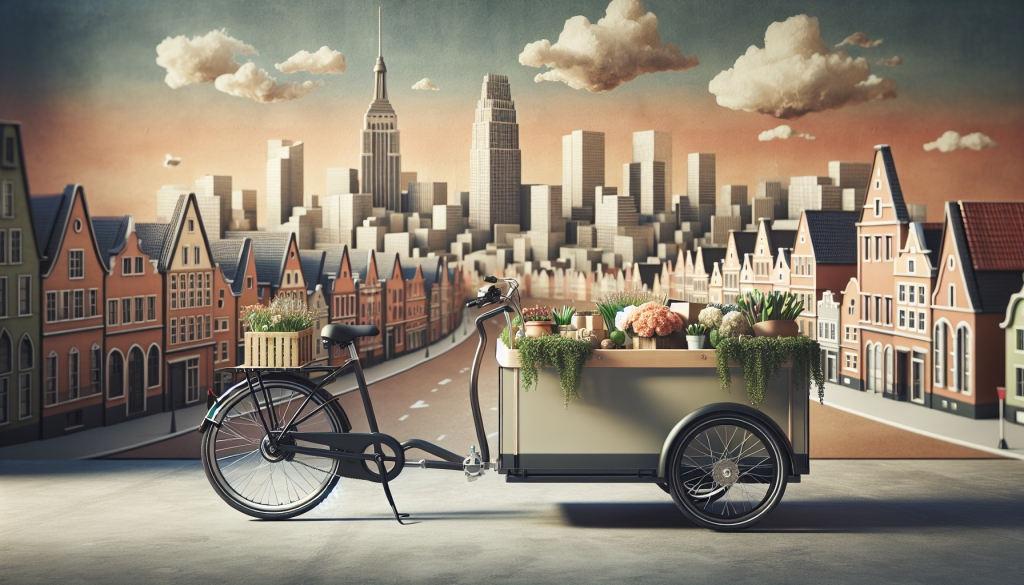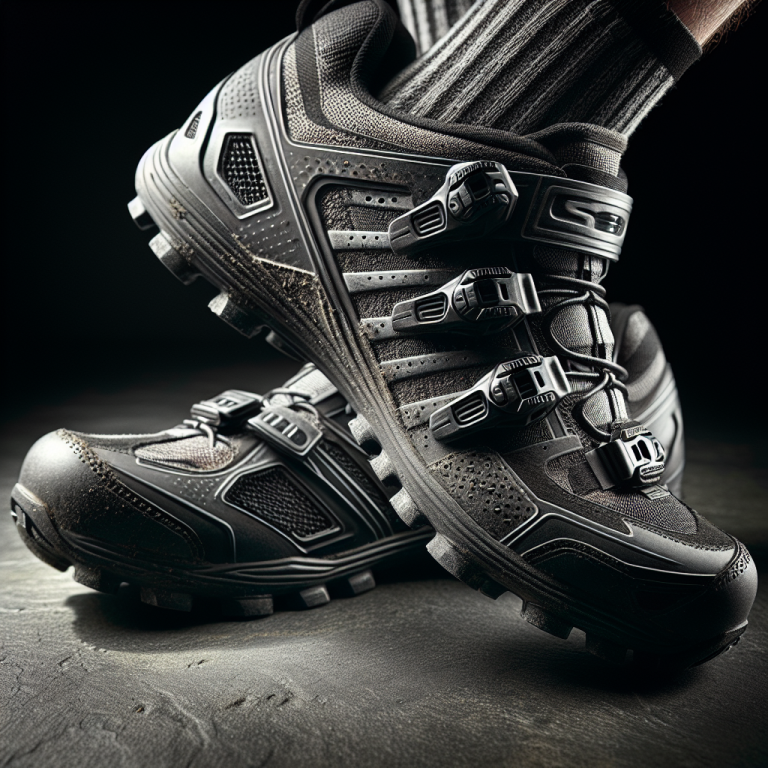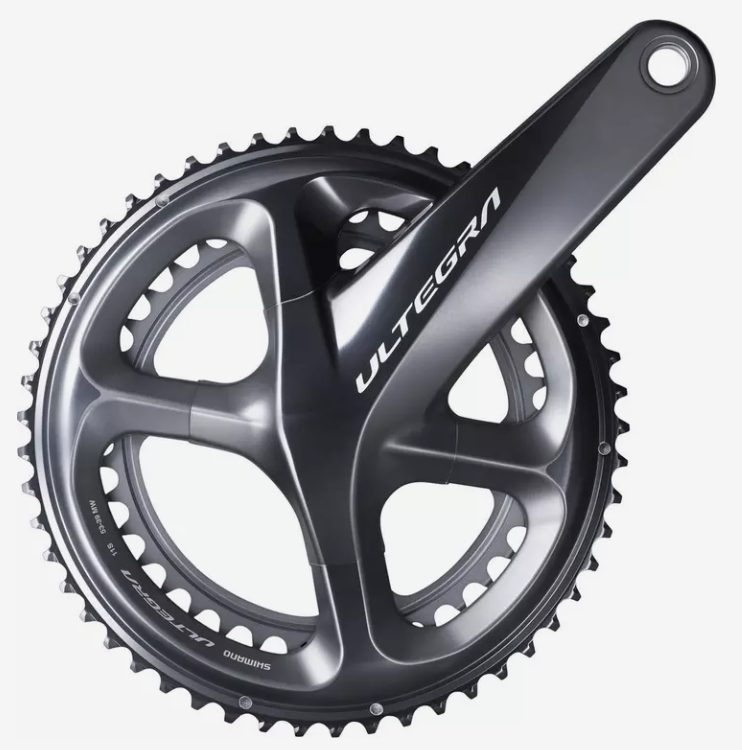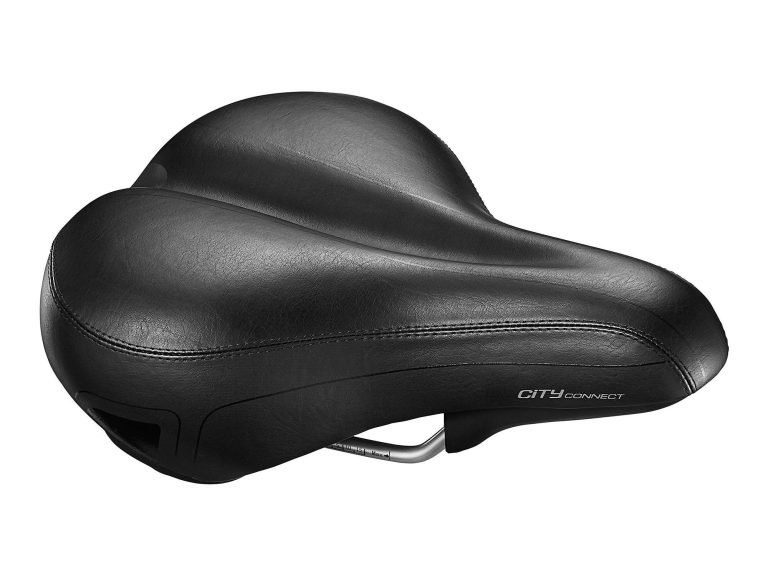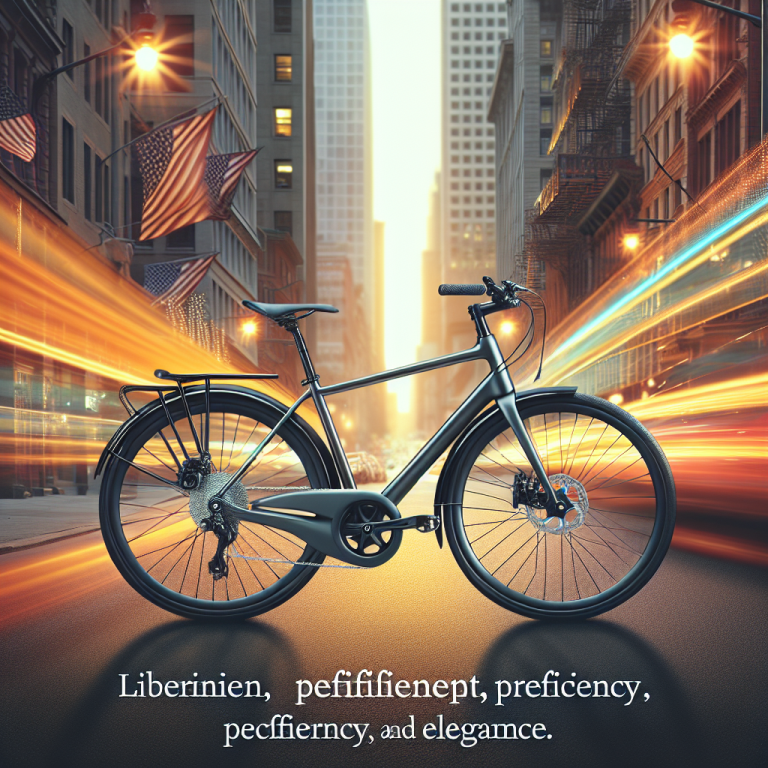If you’ve ever wondered what cargo bikes are, look no further! Cargo bikes are a game-changing mode of transportation that have been gaining popularity in recent years. Designed to carry heavy loads, cargo bikes are equipped with large, sturdy frames and spacious cargo areas, making them perfect for transporting anything from groceries to furniture. With their eco-friendly nature and ability to navigate through urban landscapes, cargo bikes are revolutionizing the way we transport goods, while also promoting a healthier and more sustainable lifestyle. So if you’re curious about these innovative bikes and how they are transforming the way we move around, keep reading to learn more!
Table of Contents
ToggleOverview
Cargo bikes are a type of bicycle specifically designed to carry heavy loads, making them a versatile transportation option for a variety of purposes. These bikes are equipped with a sturdy frame and ample cargo capacity, allowing you to transport goods, carry your family, make business deliveries, and more. With their electric assist capabilities, cargo bikes provide an eco-friendly alternative to traditional modes of transportation. In this article, we will explore the various types of cargo bikes available, their construction and features, uses, popular brands, tips for riding, cargo biking communities, and their contribution to sustainability.
Types of Cargo Bikes
Longtail Bikes
Longtail bikes are characterized by their elongated rear frame, which provides a platform for carrying cargo. These bikes have a longer wheelbase, allowing for improved stability and increased cargo capacity. With their extended rear rack, longtail bikes are perfect for transporting groceries, bulky items, and even small furniture.
Front Loaders
Front loaders, also known as box bikes or bakfiets, have a cargo box located in front of the rider. This design offers excellent visibility and makes it easier to keep an eye on children or valuable cargo. Front loaders are ideal for family transportation and can comfortably accommodate multiple children or pets.
Box Bikes
Box bikes, also known as cargo trikes, feature a cargo box mounted on a tricycle frame. This configuration provides superior stability, making it especially suitable for carrying heavy or fragile cargo. Box bikes are commonly used for business deliveries, as they can carry a significant amount of goods while maintaining excellent maneuverability.
Tricycles
Tricycles, or trikes, are cargo bikes with three wheels for added stability. They typically have a large rear cargo area or a basket in the front, making them ideal for transporting groceries, running errands, or carrying light loads. Tricycles are popular among individuals who prefer a steady and comfortable ride.
Construction and Features
Frame
Cargo bike frames are designed to accommodate the additional weight they carry. They are constructed with sturdy materials such as steel or aluminum to ensure durability and stability. The frame geometry and overall design of cargo bikes also play a crucial role in supporting heavy loads and maintaining balance.
Cargo Capacity
One of the defining features of cargo bikes is their ability to carry substantial loads. Cargo capacity varies depending on the type of cargo bike, with longtail bikes and box bikes generally offering more space compared to front loaders and tricycles. Some cargo bikes can handle loads of up to 400 pounds or more, allowing you to transport large quantities of goods or comfortably accommodate extra passengers.
Electric Assist
Many cargo bikes come equipped with electric assist systems to provide an extra boost while pedaling. Electric assist can help you conquer steep hills or effortlessly carry heavy loads, making it easier to navigate urban environments. These systems are typically powered by a battery, providing a range of pedal-assist modes to choose from.
Safety Features
Cargo bikes are designed with safety in mind. They often feature sturdy kickstands to maintain stability when loading and unloading cargo. Some models may have built-in lights for enhanced visibility, especially during nighttime rides. Many cargo bikes are also equipped with fenders and chain guards to protect both the rider and cargo from dirt and debris.
Uses of Cargo Bikes
Transporting Goods
Cargo bikes are an excellent alternative to traditional vehicles for transporting goods. Whether you need to pick up groceries, move furniture, or deliver packages, cargo bikes offer a convenient and efficient solution. With their large cargo capacity and maneuverability, you can navigate through congested city streets or narrow alleyways with ease.
Family Transportation
Cargo bikes provide an enjoyable and sustainable option for transporting your family. With front loaders or longtail bikes, you can safely carry multiple children and their belongings while enjoying quality time together. Cargo bikes allow you to explore your surroundings, run errands, or commute to school or work while promoting an active and healthy lifestyle.
Business Deliveries
Cargo bikes have gained popularity among businesses looking for eco-friendly and cost-effective delivery solutions. Whether you operate a local bakery, a courier service, or a small-scale logistics company, using cargo bikes for deliveries can reduce carbon emissions, decrease congestion, and provide a unique branding opportunity. Cargo bikes can easily navigate crowded urban areas, allowing you to reach your customers efficiently.
Food Delivery
The rise of online food delivery services has created a demand for efficient transportation methods that can handle hot and cold food items. Cargo bikes are perfect for this purpose, as they can be equipped with insulated boxes or containers to keep food fresh during transportation. Food delivery by cargo bike helps reduce reliance on motorized vehicles and contributes to a cleaner and more sustainable urban environment.
Eco-friendly Transportation
By opting for a cargo bike instead of a car or a motorized delivery vehicle, you are actively contributing to a more eco-friendly transportation system. Cargo bikes produce zero emissions, helping to reduce air pollution and combat climate change. Additionally, cargo bikes promote the use of active transportation, improving personal fitness levels and reducing the reliance on fossil fuels.
Popular Cargo Bike Brands
Yuba
Yuba is a renowned brand in the cargo bike industry, offering a wide range of models suitable for various purposes. Their cargo bikes are known for their robust construction, large cargo capacities, and versatility. Yuba bikes are designed to handle heavy loads while maintaining stability and maneuverability.
Bullitt
Bullitt cargo bikes are known for their sleek and stylish design, making them a popular choice among urban commuters and businesses. These bikes are built for speed and efficiency while providing ample cargo space. Bullitt offers customizable options, allowing riders to tailor the bike to their specific needs.
Babboe
Babboe specializes in family cargo bikes that are designed for comfortable and safe transportation of children. Their bikes feature a unique box design, ensuring stability and protection for little passengers. Babboe cargo bikes are praised for their durability, maneuverability, and ease of use.
Tern
Tern offers a range of cargo bikes designed for urban commuting and personal transportation. These bikes are known for their folding capabilities, allowing for easy storage and transportation when not in use. Tern cargo bikes are versatile and adaptable, making them suitable for various terrains and lifestyles.
Riese & Müller
Riese & Müller is a premium brand that offers high-quality cargo bikes with exceptional performance and innovative designs. Their bikes are built with attention to detail, providing riders with a comfortable and enjoyable experience. Riese & Müller cargo bikes are known for their advanced suspension systems, powerful electric assist, and superior craftsmanship.
How to Choose a Cargo Bike
Intended Use
Determining the primary purpose of your cargo bike will help you choose the most suitable model. If you plan to use it for family transportation, a front loader or longtail bike with a spacious cargo area would be ideal. For business deliveries, a box bike or longtail bike with a higher cargo capacity may be more appropriate. Assess your needs and choose a cargo bike that aligns with your intended use.
Cargo Capacity
Consider the amount and type of cargo you will typically carry. If you need to transport bulky or heavy items, opt for a cargo bike with a larger load capacity. Longtail bikes and box bikes often offer the highest cargo capacities, while front loaders and tricycles may be more suitable for lighter loads or smaller packages.
Electric or Non-electric
Decide whether you prefer an electric or non-electric cargo bike. Electric assist can be beneficial if you anticipate carrying heavy loads or riding in hilly areas, as it provides an extra boost to your pedaling efforts. However, if you prefer a more traditional biking experience or have budget constraints, a non-electric cargo bike may be the better option.
Budget
Consider your budget when choosing a cargo bike. Prices can vary significantly depending on the brand, model, and features of the bike. Determine a comfortable spending range and explore options within that budget. Remember to factor in any additional accessories or maintenance costs to ensure you make an informed decision.
Tips for Riding a Cargo Bike
Practice
Before embarking on longer trips or tackling challenging terrains, spend time getting familiar with your cargo bike. Practice riding with various loads to learn how the bike handles and to improve your balance and control. Build your confidence gradually, starting with shorter rides and gradually increasing your distance and difficulty.
Weight Distribution
Properly distribute the weight of your cargo to maintain balance and stability. Secure heavy items near the bike’s center of gravity and ensure that the load is evenly distributed. Experiment with different placement options to find the most comfortable and secure arrangement.
Turning and Braking
Due to their size and weight, cargo bikes require slightly different handling techniques compared to regular bicycles. Approach turns at a controlled speed and use a wider turning radius to avoid tipping over. Brake earlier than you would on a regular bike to allow for the added momentum.
Navigating Traffic
When riding a cargo bike in traffic, it’s important to be aware of your bike’s width and maneuverability. Be mindful of your surroundings and give yourself extra space when passing parked cars or navigating tight spaces. Use hand signals and make eye contact with other road users to communicate your intentions clearly.
Cargo Biking Communities
Advocacy Groups
Cargo biking communities are made up of individuals and organizations passionate about promoting and expanding the use of cargo bikes for various purposes. These communities often include advocacy groups or cycling associations that work to raise awareness about the benefits of cargo bikes, advocate for bike-friendly infrastructure, and organize community events.
Cargo Bike Rentals
In some areas, you can find cargo bike rental services that allow you to experience the benefits of cargo biking without the commitment of purchasing your own bike. These rentals provide an opportunity to test different cargo bike models, explore new routes, and determine which type of cargo bike best suits your needs before making a purchase.
Cargo Biking Events
Cargo biking events bring together cargo bike enthusiasts, riders, and businesses for a day or weekend of community building and celebration. These events may include cargo bike parades, races, educational workshops, and vendor exhibits. Attending cargo biking events can be a great way to connect with like-minded individuals, learn new tips and tricks, and discover the latest cargo bike innovations.
Cargo Bikes and Sustainability
Reducing Carbon Emissions
The use of cargo bikes instead of gas-guzzling vehicles significantly reduces carbon emissions, helping to combat climate change. By choosing a cargo bike for transportation or deliveries, you are making a positive impact on the environment and contributing to a cleaner and greener future.
Promoting Active Transportation
Cargo bikes promote an active and healthy lifestyle by incorporating physical activity into daily routines. By replacing car trips with cargo bike rides, you increase your daily exercise level and reduce sedentary behaviors. Additionally, using cargo bikes for family transportation encourages children to be more physically active and fosters a love for cycling.
Reducing Traffic Congestion
Cargo bikes offer a practical solution to urban congestion by providing an efficient alternative to traditional vehicles. With their ability to navigate through traffic and access narrow spaces, cargo bikes can help reduce traffic congestion and alleviate the strain on transportation infrastructure. By opting for a cargo bike, you contribute to a smoother and more sustainable flow of traffic.
Conclusion
Cargo bikes are a versatile and sustainable mode of transportation that can revolutionize the way we move goods and people. With their various types, construction features, and uses, cargo bikes provide practical and eco-friendly solutions for transporting goods, carrying families, making deliveries, and more. The popularity of cargo bikes is continuously growing due to their ability to reduce carbon emissions, promote active transportation, and alleviate traffic congestion. As we strive for a more sustainable future, cargo bikes play a crucial role in creating greener and healthier communities. So whether you’re looking to transport groceries, enjoy family outings, or start a delivery business, consider hopping on a cargo bike and join the ever-growing community of cargo bike enthusiasts.

